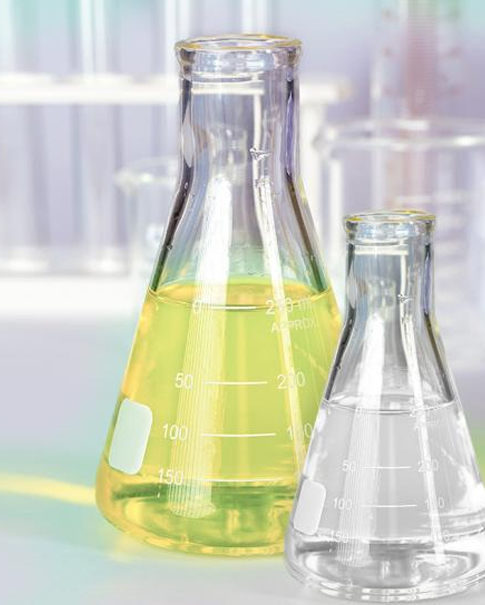What Are the Environmental Benefits of Using PDCPD New Materials?
Nov 01, 2024
Using PDCPD (Polydicyclopentadiene) as a new material offers several environmental benefits compared to traditional materials. Some of the key environmental advantages include:
Lower Carbon Footprint: PDCPD production typically involves lower energy consumption and fewer greenhouse gas emissions compared to other plastics. Carbon emissions are reduced during the production process, making it a more eco-friendly option.
Reduced Waste: PDCPD is a thermosetting plastic, meaning it can be molded and shaped into final products with minimal material waste. This characteristic allows for efficient use of the material and reduces the amount of discarded or leftover material in the manufacturing process.
Recyclability: PDCPD is recyclable through various processes, including mechanical recycling and pyrolysis. By recycling PDCPD waste or end-of-life products, valuable resources can be recovered. This contributes to the circular economy and reduces the demand for virgin materials.
Enhanced Durability: PDCPD exhibits excellent impact resistance, chemical resistance, and dimensional stability. These properties make finished products more durable and long-lasting, reducing the need for frequent replacements. Increased product lifespan helps conserve resources and reduces waste generation.
Lightweight Construction: PDCPD offers a high strength-to-weight ratio, which makes it an attractive alternative to heavier materials such as metals. Its lightweight nature can contribute to fuel efficiency in industries like automotive and transportation, reducing energy consumption and carbon emissions.
Corrosion Resistance: PDCPD is resistant to corrosion from chemicals, water, and other environmental factors. This resistance reduces the need for protective coatings or treatments, minimizing the use of chemical agents that can harm the environment during application and disposal.
Reduced VOC Emissions: PDCPD does not typically contain harmful volatile organic compounds (VOCs) that can contribute to air pollution and health hazards. It can be used in applications where low VOC emissions are crucial, such as in the production of automotive components and consumer goods.
In summary, using PDCPD as a new material offers environmental benefits such as lower carbon footprint, reduced waste generation, recyclability, enhanced durability, lightweight construction, corrosion resistance, and reduced VOC emissions. These advantages contribute to a more sustainable and eco-friendly approach to material usage and processes.
